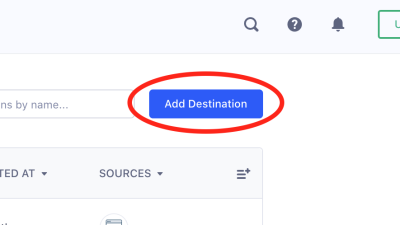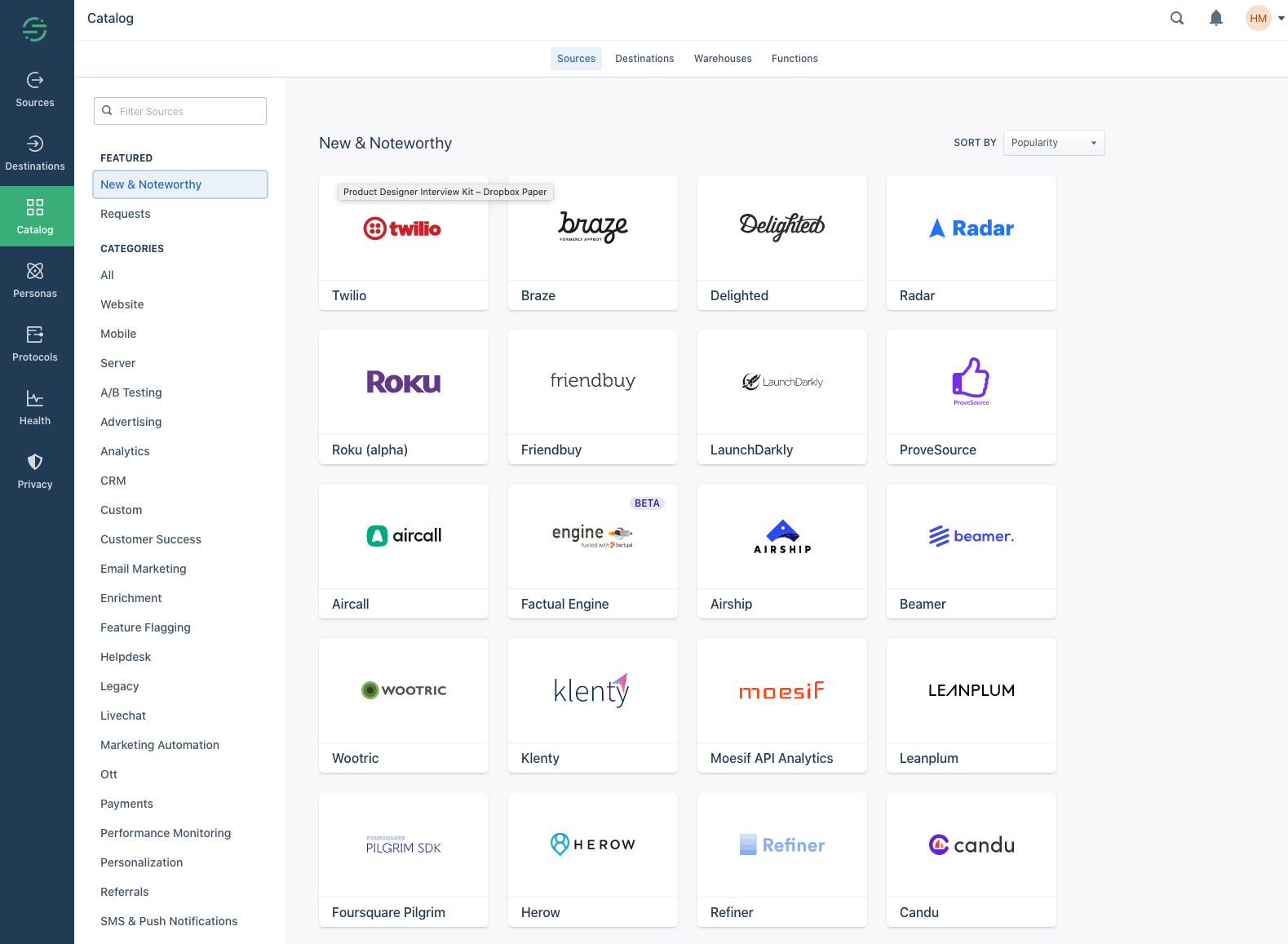
In the dynamic world of travel and tourism , understanding your target audience is paramount. Gone are the days of one-size-fits-all industrying. Today , achievementful destinations and travel businesses thrive by catering to the specific needs and desires of varied traveler groups. This is where destination segmentation comes in. Destination segmentation is a powerful plan that allows businesses to divide their target industry into distinct groups based on shared characteristics , enabling them to tailor their offerings and industrying efforts for maximum impact. Whether you’re promoting a tropical island , a bustling city , or a serene mountain retreat , understanding destination segmentation is crucial for attracting the right visitors and creating unforgettable experiences. This article will delve into the world of destination segmentation , exploring its benefits , key variables , and practical applications for the travel and tourism industry. Get ready to unlock the secrets to attracting your ideal traveler and achieving sustainable achievement in the rival world of vacation , travel , and tourism !
Understanding Destination Segmentation: What Is It ?
Destination segmentation is the process of dividing a broad target industry into subgroups of consumers based on shared characteristics. These characteristics can include demographics , psychographics , travel behavior , and desired experiences. The objective is to create distinct segments that can be effectively targeted with tailored industrying messages and product offerings. For example , a destination might segment its industry into adventure travelers , luxury travelers , family travelers , and budget travelers. Each segment has unique needs and preferences , and by understanding these differences , destinations can create more compelling and pertinent experiences.
benefits of Destination Segmentation for Travel and Tourism
Destination segmentation offers a multitude of benefits for businesses in the travel and tourism industry. Here are some key benefits:
- Improved industrying efficacy: By targeting specific segments with tailored industrying messages , destinations can boost the efficacy of their advertising campaigns and generate higher conversion rates.
- Enhanced Customer Experience: Understanding the unique needs of varied traveler groups allows destinations to create more personalized and satisfying experiences , leading to boostd customer loyalty and positive word-of-mouth referrals.
- maximized Product Development: Destination segmentation offers valuable insights into the types of products and services that varied traveler groups are seeking. This information can be used to develop new offerings that better meet the needs of target industrys.
- boostd Revenue and Profitability: By attracting and retaining high-value customers , destination segmentation can lead to boostd revenue and profitability for businesses in the travel and tourism industry.
- rival benefit: Destinations that effectively segment their industrys and tailor their offerings accordingly can gain a significant rival benefit over those that take a one-size-fits-all approach.
Key Segmentation Variables in Travel and Tourism
Several key variables can be used to segment destination industrys. These include:
- Demographics: Age , gender , income , education , and family size are all common demographic variables used in destination segmentation.
- Psychographics: Lifestyle , values , interests , and attitudes are psychographic variables that can offer valuable insights into traveler motivations and preferences.
- Travel Behavior: Past travel experiences , travel frequency , preferred travel style , and booking channels are all crucial travel behavior variables.
- Trip Purpose: Business travel , leisure travel , adventure travel , and cultural travel are all varied trip purposes that can be used to segment destination industrys.
- Desired Experiences: Relaxation , adventure , cultural immersion , and social interaction are all examples of desired experiences that can be used to segment destination industrys.
Examples of Destination Segmentation in Action
Let’s look at some real-world examples of how destination segmentation is used in the travel and tourism industry:
- Luxury Travel: High-end resorts and hotels often target affluent travelers seeking exclusive experiences , personalized service , and luxurious amenities. industrying messages emphasize opulence , privacy , and unparalleled comfort.
- Adventure Travel: Destinations with outdoor activities like hiking , biking , and rafting often target adventure seekers looking for thrilling experiences and challenging physical activities. industrying messages highlight the excitement , adrenaline , and natural beauty of the destination.
- Family Travel: Family-friendly resorts and attractions often target families with young children , offering amenities like kids’ clubs , water parks , and family-friendly activities. industrying messages emphasize safety , convenience , and opportunities for family bonding.
- Budget Travel: Hostels , budget hotels , and affordable tour operators often target budget-conscious travelers looking for value and affordability. industrying messages emphasize low prices , complimentary activities , and opportunities to save money.
Related Post : ac repair destin
Implementing a Destination Segmentation plan: A Step-by-Step Guide
Implementing a achievementful destination segmentation plan requires careful planning and execution. Here’s a step-by-step guide:
1. Define Your Objectives: What do you hope to achieve with destination segmentation ? Are you looking to boost revenue , improve customer satisfaction , or gain a rival benefit ?
2. Collect Data: Gather data on your target industry through surveys , focus groups , and industry study. This data will help you determine key segmentation variables.
3. Analyze Data: Analyze the data to determine distinct segments based on shared characteristics.
4. Develop Segment Profiles: Create detailed profiles of each segment , including their demographics , psychographics , travel behavior , and desired experiences.
5. Develop industrying Strategies: Develop tailored industrying strategies for each segment , including targeted advertising , personalized offers , and customized text.
6. Implement and Monitor: Implement your industrying strategies and monitor their efficacy. Make adjustments as needed to maximize your outcomes.
In conclusion , destination segmentation is a powerful tool for businesses in the travel and tourism industry. By understanding the diverse needs and preferences of varied traveler groups , companies can tailor their offerings , industrying efforts , and overall customer experience to maximize achievement. Whether it’s adventure seekers , luxury travelers , or budget-conscious families , destination segmentation allows for a more targeted and effective approach to attracting and retaining customers in a rival industry. So , embrace the power of segmentation and unlock new opportunities for growth and achievement in the world of travel and tourism !








